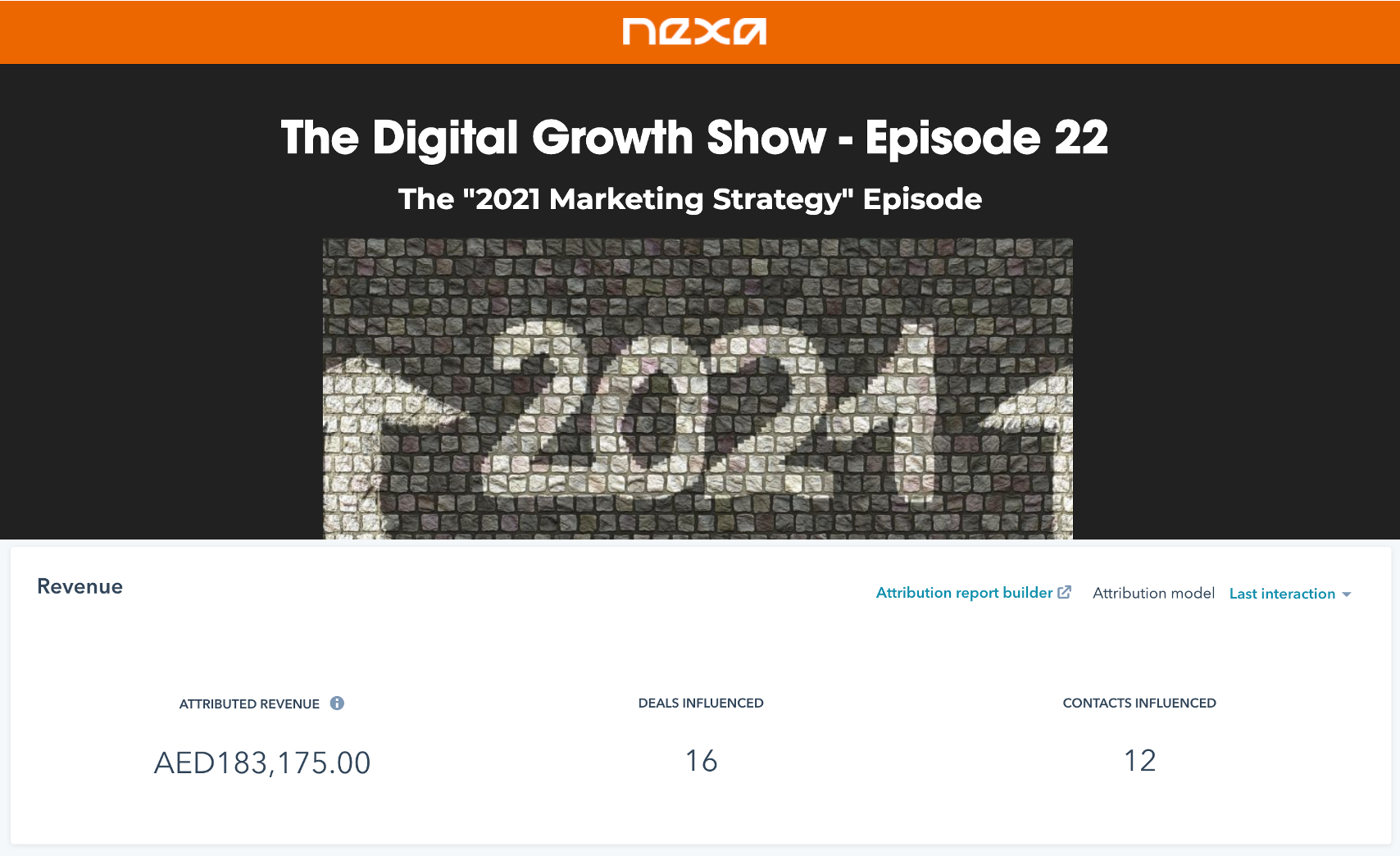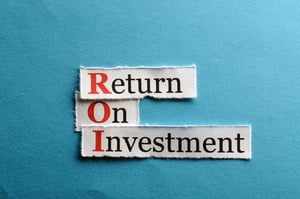Money matters, particularly when it comes to doing business. During tough business environments, spending decisions, particularly when it comes to marketing are often under the microscope and rightly so. But with so many marketing options available today, it's important to understand the link between marketing activity and return on investment (ROI). This is clearly a hugely important topic but for the purpose of this article, our focus will be on Content Marketing - one of the most popular (and in our opinion), most important part of a digital marketing strategy.
When discussing ROI, we need to understand the impact of costs. So when working out your content marketing budget, you’ll need to factor in the costs associated with this activity. So, how do we calculate the ROI of content marketing?
The nitty gritty of content marketing metrics
Content marketing makes up approximately one third of marketing budgets for businesses today. That indicates the importance given to it. However, it is also important to note that it is known as the long term option for businesses - it may take time for search engines and your customers to come across the content you create and for its results to reflect accurately. This requires a value-based approach to marketing and one that puts the customer first in a non-traditional, online sense.
What you probably don’t want to hear is that it’s difficult to determine exact figures of the ROI of content marketing. This is not only due to the fact that it requires longer time to develop than other marketing campaigns, but also because it results in many intangible returns for your business, such as brand perceptions and loyalty, improving organic reach, customer acquisition and retention, influencing purchasing decisions and increasing pipeline revenue and sales.
Of course, there are methods to measure your content ROI and successes. When doing this, we will take into account several factors, including: content consumption, content sharing, leads and sales.
Usually, there are some basic metrics that marketers rely on, namely: cost per action, pay per click, click through rates and return on advertising spend. But is this all we need to be tracking? How do these numbers translate into meaningful insights?
Firstly, you need to establish your specific goals, the ones that go beyond the overarching goal in marketing which is simply to grow while keeping costs as low as possible. This will influence all of your marketing activities. Businesses need to determine what a positive ROI looks like to them. This will be based on your top priorities. ROI also needs to factor in more than just revenue (from conversions and sales), but performance metrics too.
Some of the challenges faced by marketers are that of focusing on vanity metrics. Others include looking at the wrong metrics in regard to your goals, or looking at too many metrics at the wrong time. Few marketers believe they are accurately able to measure the ROI of content. Incorrectly tracking these metrics can lead to missed opportunities and threats. After all, the reason we measure these is to see what’s working, what isn’t and what strategies are needed in response to this. An example of this is having high traffic, yet equally high bounce rates. It is no good if your content draws people in, yet is unable to meet their needs or hold their attention. So, where do we begin?
Measuring the ROI of your content
To begin, you need to calculate the current ROI of your content. To do that, you’ll need to backdate the figures to see how your content has performed and take into account the production costs, conversions and sales. In addition, you’ll need to rely on case studies and surveys of similar businesses in order to get ballpark figures for benchmarking. FInally, you’ll need to estimate the costs needed to suit your content strategy going forward.
On the technical side of things, you need to ensure that tracking is enabled on the content you produce and distribute. Then, you need to put your strategy into action by producing and sharing content according to your schedule. As this requires time to analyse, you’ll want to check the metrics on a monthly basis for a few months. This data will produce patterns which then need to be analysed and turned into insights. In order to measure this, you can utilise the following:
- Google Analytics: Great for the overall performance of your site, with visitor metrics such as views and bounce rates.
- CRM system: CRM systems such as HubSpot produce in-depth analytics at an individual level. For instance, you can track the actions taken by each visitor and monitor the content they consume. This is helpful in determining conversions and qualifying leads. These processes can also be automated for your convenience.
ROI = (Revenue - Expenses) / Expenses
At Nexa, we're well versed with measuring the revenue generated from our content marketing activities. Today, with the use of HubSpot, we have the ability to measure the actual revenue generated from many content assets, from eBooks, Webinars and even each blog post hosted on our website. For example, here's the data from Nexa's weekly webinar show - The Digital Growth Show that shows the number of new deals influenced from this activity and the revenue attributed to this so far:

Having the ability to obtain data as accurate as this will help your business to understand the importance of your marketing activity at a much more granular level than was possible previously. But it's also important to consider the expenses related to each activity to provide context to the revenue generated.
When working out the expenses, take into account the production costs, promotional costs and the time invested. You can do this calculator on a campaign basis, or get an overall figure taking into account all aspects of your content marketing.
Typical metrics for content marketing
- Emai
 l marketing: opens, clicks, downloads, subscriptions, unsubscribers
l marketing: opens, clicks, downloads, subscriptions, unsubscribers - Website traffic: page views, entrances, backlinks
- Website engagement: time spent, bounce rate, leads generated
- Social media marketing: shares, followers, views, likes
- Conversions: leads, subscribers, sales
- Search engine rankings
- Other metrics often tracked include: cost per lead, customer acquisition cost, media mentions, mobile analytics, sales effectiveness, customer retention rates, customer satisfaction metrics, lifetime customer value.
As we can see, there is a lot that goes into determining the ROI of content marketing. From the cold hard figures to the intangible benefits, it is clear that this marketing is successful in the long term, yet widely misrepresented when it comes to ROI metrics and insightful analyses.
Work with expert content marketers
We at Nexa provide a range of content marketing services. From strategy to analytics, we’re ready to help your business succeed. Have a look at our case studies to see what we’ve done for others, then book a meeting with us to discuss your content marketing needs.
%20(1).png?width=2701&height=607&name=BRC_NEXA_LOGO_WHITE%20(2)%20(1).png)
